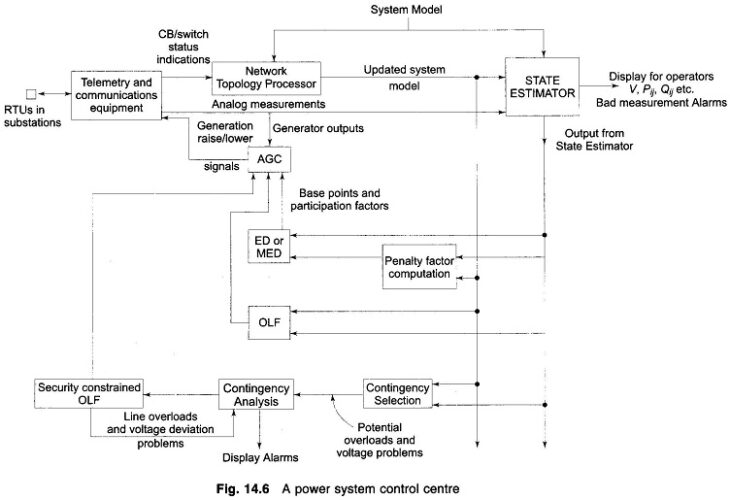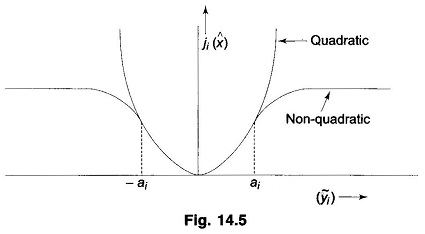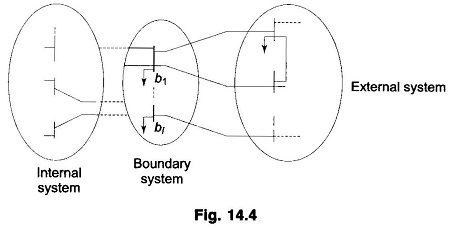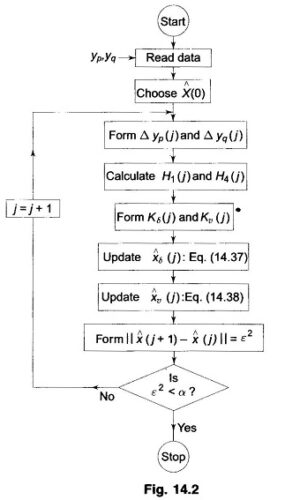Application of State Estimation in Power System
Application of State Estimation in Power System: Application of State Estimation in Power System - In real-time environment the state estimator consists of different modules such as network topology processor, observability analysis, state estimation and…




